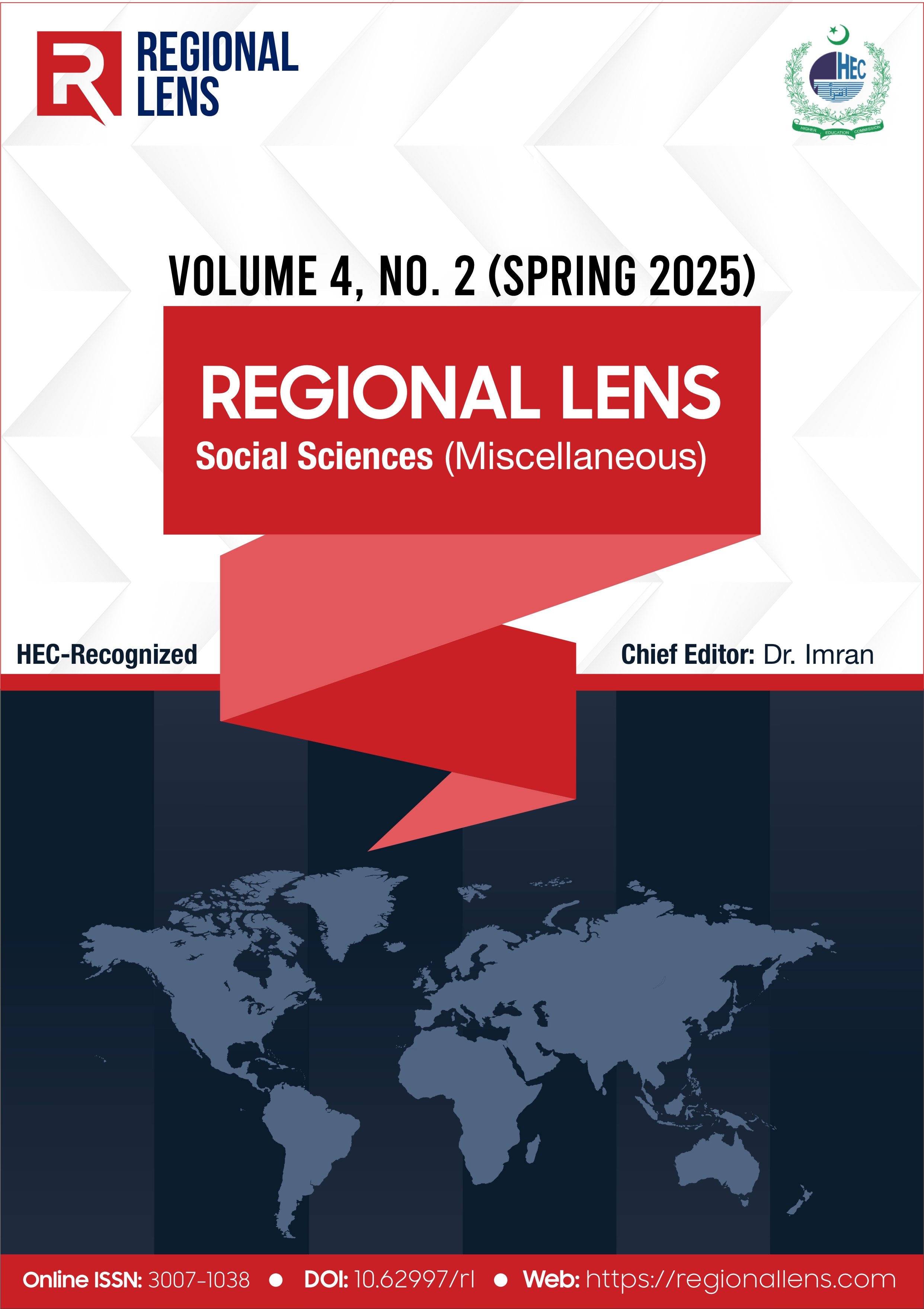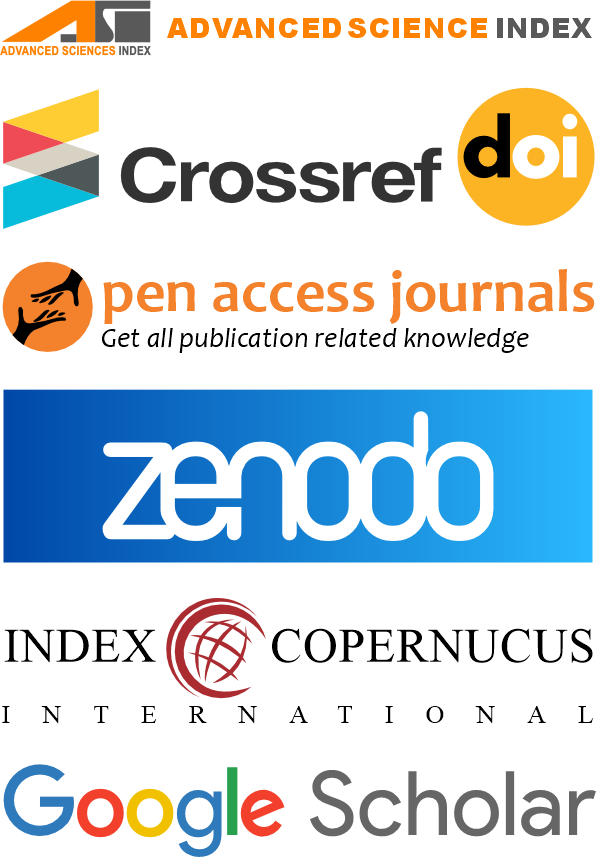Professional Commitment and Teaching Performance of Teachers: Comparative Study of Contractual and Regular Teachers
DOI:
https://doi.org/10.62997/rl.2025.42053Keywords:
Employment Status (Contractual and Regular), Professional Commitment, Teaching Performance, Secondary School Teachers (SSTs)Abstract
The strength of an employee's identification in as well as connection with his/her profession is professional Commitment, which is influenced by Employment status. Employment status means either an employee is working on a contractual or regular basis. The descriptive study at hand is an attempt to compare the Professional Commitment and Teaching Performance of Contractual and Regular Secondary School Teachers in Punjab province, Pakistan. The researcher selected two divisions from Punjab province conveniently, and by further multistage sampling, a total number of 400 Secondary School Teachers (SSTs) were selected as samples. Measurement of Professional Commitment was made by a questionnaire developed by the researchers, whereas the Measurement of Teaching Performance was made by SST's previous session result of 9th grade. The analysis of data revealed that Regular SSTs showed better Teaching Performance than Contractual SSTs, but their Professional Commitment was the same as that of the contractual teachers.
References
Ali, M. R. (2020). Professional commitment of Teacher Educators in colleges of education in Jammu District. PalArch's Journal of Archaeology of Egypt/Egyptology, 17(6), 13730-13742. https://archives.palarch.nl/index.php/jae/article/download/3671/3639
Allen, N. J., & Meyer, J. P. (1990). The measurement and antecedents of affective, continuance and normative commitment to the organization. Journal of occupational psychology, 63(1), 1-18. https://doi.org/10.1111/j.2044-8325.1990.tb00506.x
Blau, G. J. (1985). The measurement and prediction of career commitment. Journal of Occupational Psychology, 58(4), 277–288. https://doi.org/10.1111/j.2044-8325.1985.tb00201.x
Chapman, D. W. (1983). A model of the influences on teacher retention. Journal of Teacher Education, 34(5), 43–49. https://doi.org/10.1177/002248718303400512
Creswell, J. W., Klassen, A. C., Plano Clark, V. L., & Smith, K. C. (2011). Best practices for mixed methods research in the health sciences. Bethesda (Maryland): National Institutes of Health, 2013, 541-545.
Dainty, J. D., Sandford, B. A., Su, S.-H., & Belcher, G. G. (2011). Factors influencing the retention of secondary family and consumer sciences teachers. Journal of Career and Technical Education, 26(2), 42-56. https://doi.org/10.21061/jcte.v26i2.524
Firestone, W. A., & Rosenblum, S. (1988). Building commitment in urban high schools. Educational Evaluation and Policy Analysis, 10(4), 285–299. https://doi.org/10.3102/01623737010004285
Jafaraghaee, F., Mehrdad, N., & Parvizy, S. (2014). Influencing factors on professional commitment in Iranian nurses: A qualitative study. Iranian Journal of Nursing and Midwifery Research, 19(3), 301–308. https://pmc.ncbi.nlm.nih.gov/articles/PMC4061633/
Kwon, I.-W. G., & Banks, D. W. (2004). Factors related to the organizational and professional commitment of internal auditors. Managerial Auditing Journal, 19(5), 606–622. https://doi.org/10.1108/02686900410537748
NCTE (1998). Competency Based and Commitment Oriented Teacher Education for Quality School Education- Pre-service Education. New Delhi.
Özdem, G. (2012). The relationship between the organizational citizenship behaviors and the organizational and professional commitments of secondary school teachers. Journal of Global strategic management, 6(2), 47-64. https://doi.org/10.20460/JGSM.2012615773
Salley, W., & Shaw, M. (2015). Employment Status, Teaching Load, and Student Performance in Online Community College Courses. Online Journal of Distance Learning Administration, 18(2). https://ojdla.com/archive/summer182/salley_shaw182.pdf
Shanthi, G. A., & Renugadevi, A. (2021). Professional commitment of primary school teachers. International Research Journal of Education and Technology, 3(2), 1-7. https://www.irjweb.com/Professional-Commitment-of-Primary-School-Teachers.pdf
Singh, D. J. (2024, June). Professional commitment of secondary school teachers with respect to thier gender and mode of appointment. international journal of multidesciplinary research (IJFMR), 6(3).
Steers, R. M., & Porter, L. W. (Eds.) (1991). Motivation and Work Behavior (5th ed.). New York: McGraw-Hill.
Vandenberg, R. J., & Scarpello, V. (1994). A longitudinal assessment of the determinant relationship between employee commitments to the occupation and the organization. Journal of Organizational behavior, 15(6), 535-547. https://doi.org/10.1002/job.4030150605
Yildiz, Y., & Celik, B. (2017). Commitment to the teaching profession. International Journal of Social Sciences & Educational Studies, 4(2), 93-97. https://doi.org/10.23918/ijsses.v4i2sip93




